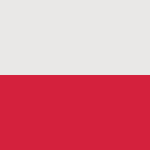Pole Mokotowskie to Racławicka
#Warsaw tour guide #Warsaw city guide # guided tour in warsaw #Warszawa tour guide #Warszawa city guide #guided tour in Warszawa
We are about to leave the city centre and find ourselves in the Mokotów district on the huge Niepodległości Street (Independence Street). This part includes two metro stations, but starts at Pole Mokotowski, to which you also return, after a trip around Racławicka – a round trip of approx. 40 minutes if you don’t stop on the way.
SGH Warsaw School of Economics
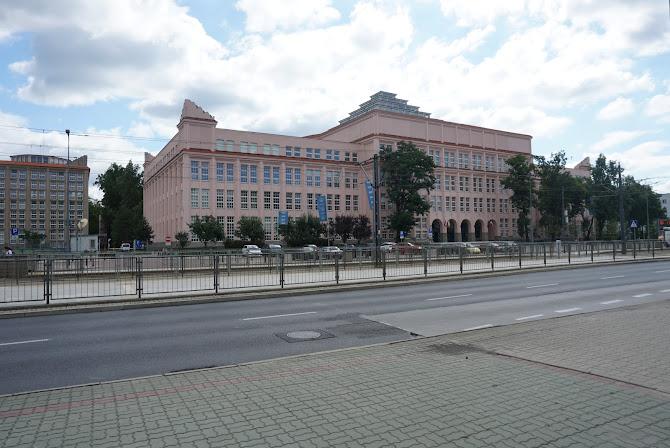
The Warsaw School of Economics is by many considered to be one of the best educational institutions in Poland
One of the first buildings we spot is the pink complex of buildings from the early 1950s belonging to the Warsaw School of Economics, which actually looks rather different than the socialist buildings of the Stalin era. For many years, it has consistently been considered an elite school in Poland, and during communism it was called the Main School for Planning and Statistics. Today, the university teaches 15,000 future business sharks.
Pole Mokotowskie.
A complex of parks covering 73 hectares. It is an old military training ground, which later became an airport. It is now an open park facility where Warsaw residents enjoy their leisure time with sports and social gatherings. The two legendary bar-restaurants Lolek and Bolek are open to large groups and often form the setting for parties and gatherings. But you will also find restaurants such as the American chain Jeff’s or Zielona Gęś (The Green Goose). Read more under “Forests and parks in Warsaw” (click here).
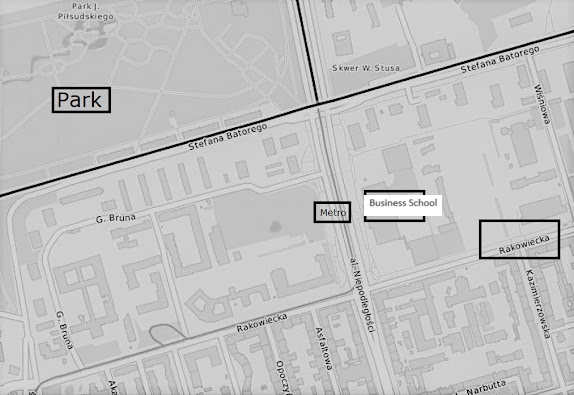
Longer walks
Along Rakowiecka Street and Puławska Street

The now closed prison has been converted into a museum for the victims of Stalinism
If you walk down Rakowiecka Street in the direction of Puławska Street, you will pass the Geological Museum (number 4) and the now closed Mokotów Prison (number 37) with room for 1,000 prisoners in custody and long-term prisoners. The prison was built under Russian rule in the beginning of the 20th century, and was then a relatively modern and humane prison intended for criminal prisoners, while the political prisoners were located elsewhere. The gate is open and you can walk into the front yard. The prison turned museum offers a conducted tour at fixed times with a Polish-speaking guide, and it is in a way a fascinating display due to the fact, that most of the prison remains as it was when it was closed down in 2017. In the good old days, it was a standing joke that Rakowiecka is the city’s longest street – it takes 15 years to walk through it.
However, the tour is (unfortunately) concentrated around the political prisoners from the Stalin era, and as mentioned is exclusively in Polish. The tour lasts two hours, and if anyone would like to hear more about the Stalinist victims, you may book me as an interpreter on a tour.

The former Danish embassy has now been taken over by the Turks
On the way you also pass the headquarters of the Polish General Staff (Rakowiecka 4a) and shortly afterwards, on the opposite side of the street, the Turkish embassy (number 19), which until 2006 was home to the Danish embassy.
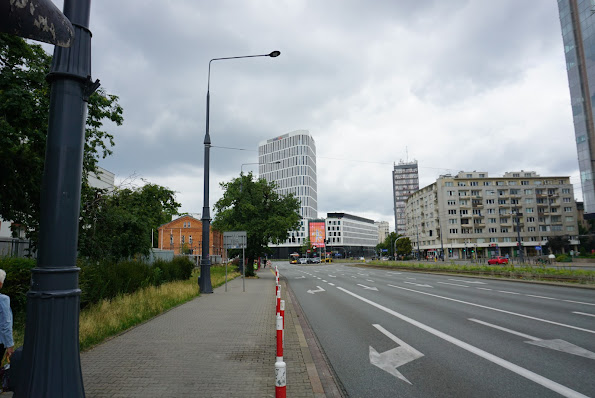
An interesting triangular office and shopping centre has emerged on the site where the concrete construction with Supersam (the Polish communist counterpart to Tesco) was demolished a few years ago
Once at Puławska street, you immediately notice the white and glass-striped shopping and office centre – Miele Experience centre. Right behind the shopping centre is Plac Unii Lubelskiej, which in the old days was the road to Warsaw, and is flanked by two old customs houses.
If, on the other hand, you turn right from Rakowiecka Street, you come through Puławska Street, a large and lively business street with mixed architecture, mostly from before the second world war. A look down the side streets will also make it clear that the Germans’ total destruction of Warsaw during WWII was limited to certain parts of the city (although the destruction sporadically affected everywhere in the capital).

Here in number 26, one could actually think that Stalin had been playing with an advanced form of real socialism, but it is a modernist building from 1937 erected by the chocolate manufacturer Wedel. The reliefs are a tribute to the industrial revolution.
However, some buildings were erected in the early 1950s, and clearly bear the stamp of the pompous construction of the Stalin era. Also the street has received its part of concrete high-rise constructions from the 1970s.

Cafe Mozaika
The street has a number of interesting bars and restaurants – Cafe Mozaika (Puławska 53) has been around since 1960, and although it has been modernized, you can still feel the atmosphere of the past. Also Regeneracja (Puławska 61) should be mentioned – an unpretentious but cozy hangout place for the local youth and grown-ups.
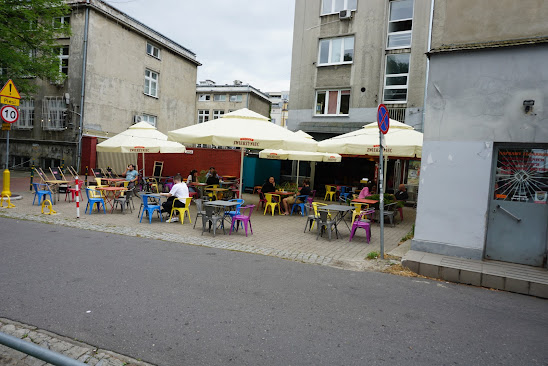
Regeneracja

Jan Matejko – one of the many artists who in the 19th century helped to shape the new Poland’s self-identification during a period when the country was divided between Germany, Austria and Russia.
On the stretch between Cafe Moziaka and Regeneracja, you will come across a few things that are worth noticing. One of them is a statue of the Polish national painter, Jan Matejko (Krakow 1838-1893), who, during a period when Poland was wiped off the world map, specialized in producing huge paintings depicting heroic moments in Poland’s past.

The Mauritanian house – may seem like a slightly odd construction without context, but was once part of a palace complex
Another element is the Mauritanian house (Puławska 55) and a smaller counterpart a little further on, which in the last century was part of a palace complex in the area.
Park Morskie Oko and Park Promenada. Placed between the streets Puławska 53 (10 minutes walk from Metro Racławicka), Spacerowa, Promenada and Belwederska.
Located on Mokotow, next to the Centre. Two parks merging into one with lakes, large open spaces and ancient trees. The old nobility’s gardens, which have developed into a public park.
Read more under “Parks and forests in Warsaw” (click here).

A round trip – Racławicka-gade and Niepodległości-alle


Racławicka street with mixed constructions, including villas from before the second world war.
From Puwałska, turn right by Racławicka Street. It is a green street with low buildings and a few surviving villas from before the second world war. Just as you turn around the corner from Puławska, however, you come across a series of concrete buildings from the communist era, duly fenced off by a steel railing, shielding the residents from the capital’s vagrants. But when you move further down the street, you feel a great calmness, and suddenly you don’t have the feeling of being in a big city.

Niepodległości Avenue
At Racławicka metro station, you can either disappear into the underground and take the metro to wherever you want to go, or you can continue to the right at the huge Niepodległości Avenue, one of the city’s main junctions. From here you have about 1.5 km to Metro Pole Mokotowskie, and on the way you may observe the “modern” architecture from the communist era.
Please send an email to m@hardenfelt.pl if you would like an English-speaking tour guide to show you the most important places in Warsaw.
